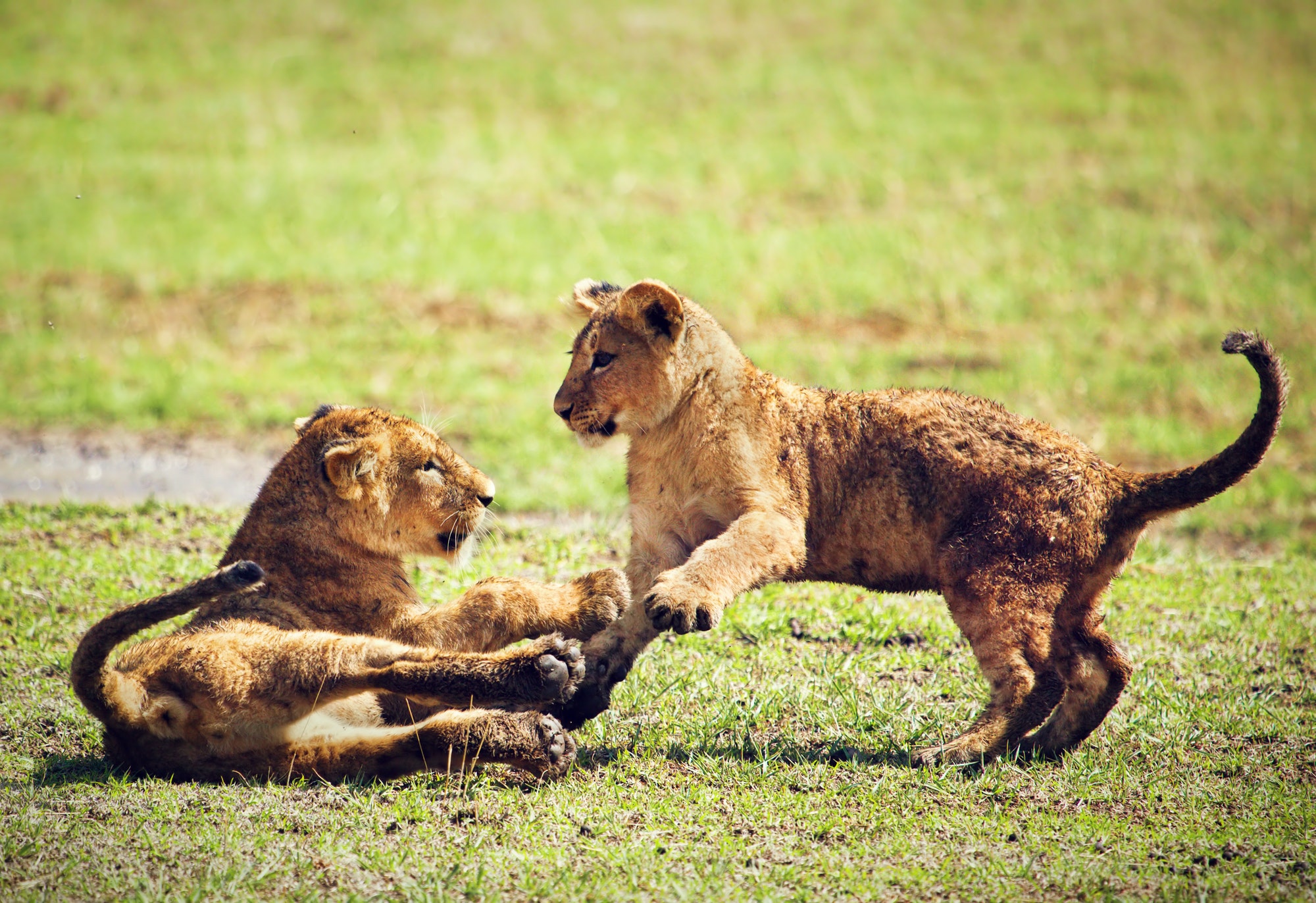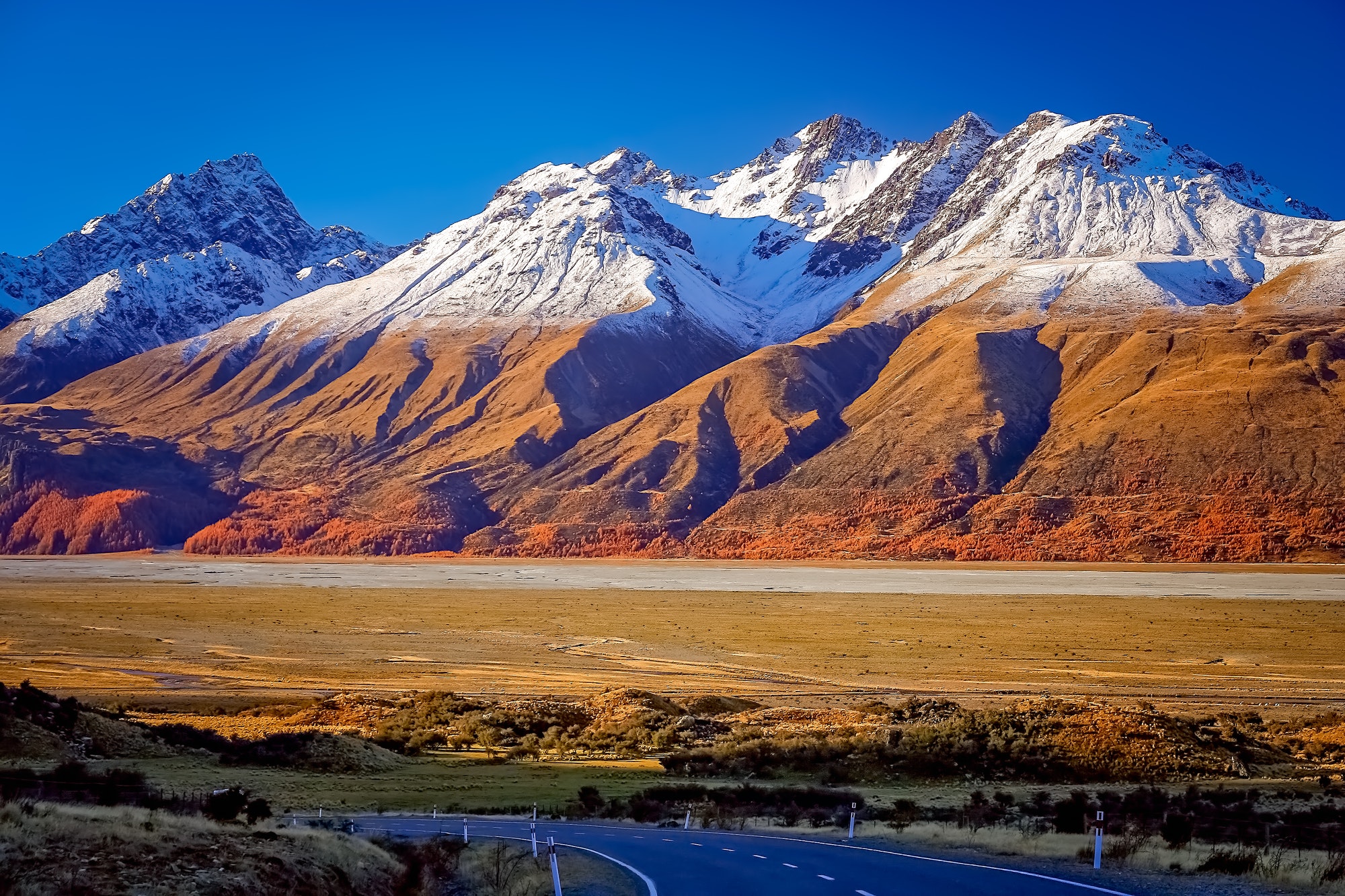Discovering Roots in Krakow, Poland
Even as a child I was curious about Eastern Europe, land of my Jewish ancestors and, as it came to be, my husband David’s too. In the past few years like many Boomers, I’ve felt a need to make a pilgrimage, to connect with this lost world. It wasn’t so much that I wanted to see the shtetls in Russia and the Ukraine that my grandparents left as children; these, of course, no longer exist. Rather, I needed to experience the land that once nurtured this thriving community and to pay my respects to those turned to ashes. We started in Krakow, Poland. We walked to Kazimierz, the Jewish Quarter, which had been home to Jews for 500 years. Before World War II, Kazimierz bustled with 68,000 Jews. The district’s cobblestone streets and courtyard alleys were featured in the movie “Schindler’s List.” During WW II more than 65,000 inhabitants were murdered.
Now, only about 150 elderly Jews remain.
Those numbers and the old man handing out yarmulkes at the restored, 1862 Temple Synagogue made me think of ghost towns even though Jewish delis and cafes are reappearing. Achingly beautiful, the building, with its gilded gold and green wood, cranberry benches and floral stained glass windows, bears witness to the once flourishing community. The tiny Remuh Synagogue, established in 1553, is still used for prayers. During WW II the Nazis and Poles smashed most of the cemetery’s tombstones, dragging them into the street to be trod upon. Now the broken pieces form a commemorative wall, sometimes called “the wailing wall Krakow,” a sobering site that made us think of all the loss and violence, of broken things that can’t be put back together.
In Kazimierz at the Galicia Jewish Museum, a bookstore/café/ and gallery, we browsed Chris Schwarz’s photographs “Traces of Memory.” Contemporary photographs of the Holocaust, the images are of trees growing in the rubble of synagogues and other similar shots. But why call his facility the “Galicia Jewish Museum?”
David’s mother’s family hailed from Galicia, a region, she had told us, was somewhere in Lithuania. At the museum, however, we learned that Galicia included Krakow as well as Lvov, the town where David’s maternal great-grandfather was born, but also parts of the Ukraine, the region of my father’s ancestors. Without knowing it, we had stumbled into the streets of our forefathers.
Related links:
www.polandtravel.com
www.krakow-info.com


 Physician's Money Digest
Physician's Money Digest Great Family Vacations
Great Family Vacations Great Family Vacations
Great Family Vacations CruiseCritics
CruiseCritics
 Washington Times
Washington Times Great Family Vacations
Great Family Vacations